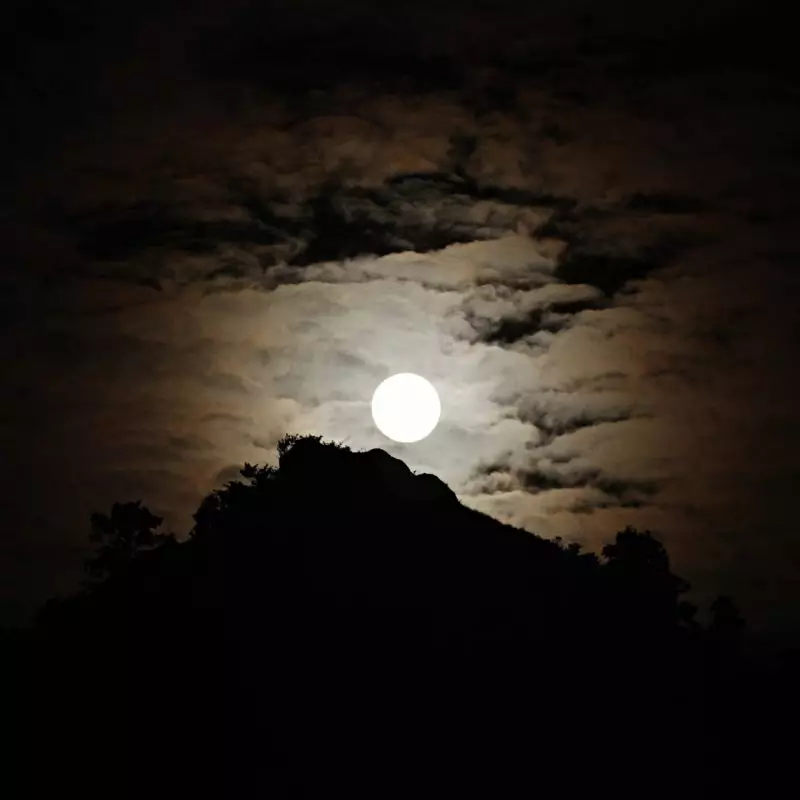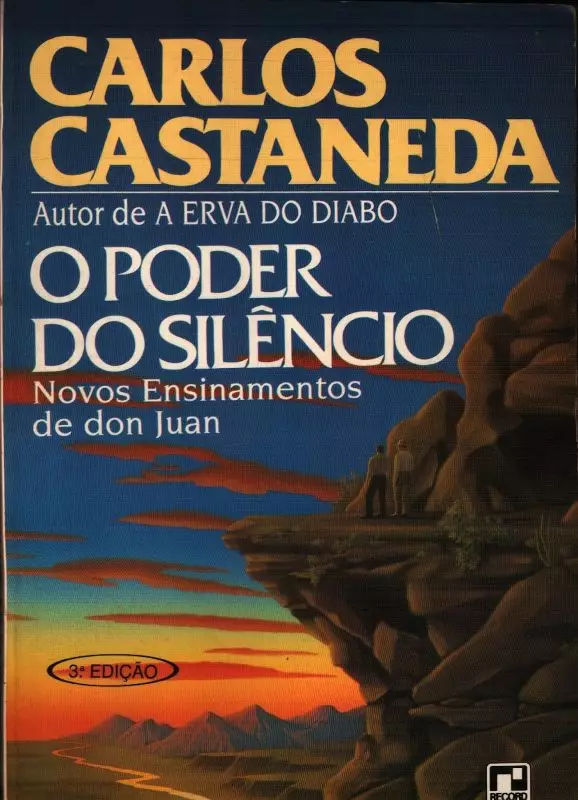One of the questions that has been asked with remarkable insistence has to do with the three persons who have been teaching the seminars and workshops so far: Kylie Lundahl, Reni Murez and Nyei Murez. They have been called “the chacmools.” This is a term taken from the name given to some massive human figures found in the pyramids of Tula and Yucatan in Mexico. Archeologists have classified those massive figures of reclining men as incense burners set at the doors of the pyramids, but don Juan Matus believed that they were representations of warrior guardians that protected the pyramids as sites of power.
These figures were first encountered in the Mayan town of Chacmool, hence the name “chacmool.” The three persons mentioned above fit into this general category of warrior guardian. However, it is erroneous to believe that the three of them by themselves constitute this category of warrior. The three of them are the ones on which has rested, so far, the responsibility of sustaining the idea of a warrior guardian. Any one of us who accepts the responsibility of guarding becomes, ipso facto, a chacmool. Carlos Castaneda, as the nominal head of our enterprise of freedom, is the chacmool of all of us, and by the same measure, so is Carol Tiggs.
On Kylie Lundahl, Reni Murez and Nyei Murez falls, nevertheless, the burden of having been the first ones to apply to daily living some movements called magical passes discovered and developed by shamans who lived in Mexico in ancient times; on these three women falls also the joy and the honor of having brought those magical passes to the public in general. And the act of bringing them out should have liberated them; it should have further cut their ties with the self-importance that rules the acts of everyday life. Ideally, Tensegrity should bring freedom to its practitioners, and the three chacmools known to the participants in our seminars and workshops should profit from this situation. However, the novelty of our bringing out for public consumption something so secretive as the magical passes has been a pitfall we had no means to anticipate.
After having said thank you and good-bye, in the seminar and workshop of December 9 and 10 of 1995, to their audience, the three of them will head for another strata of the multi-leveled affair that is the warriors’ path. They will part to test their discipline against indeterminable odds.
(Carlos Castaneda, Journey of Applied Hermeneutics)

